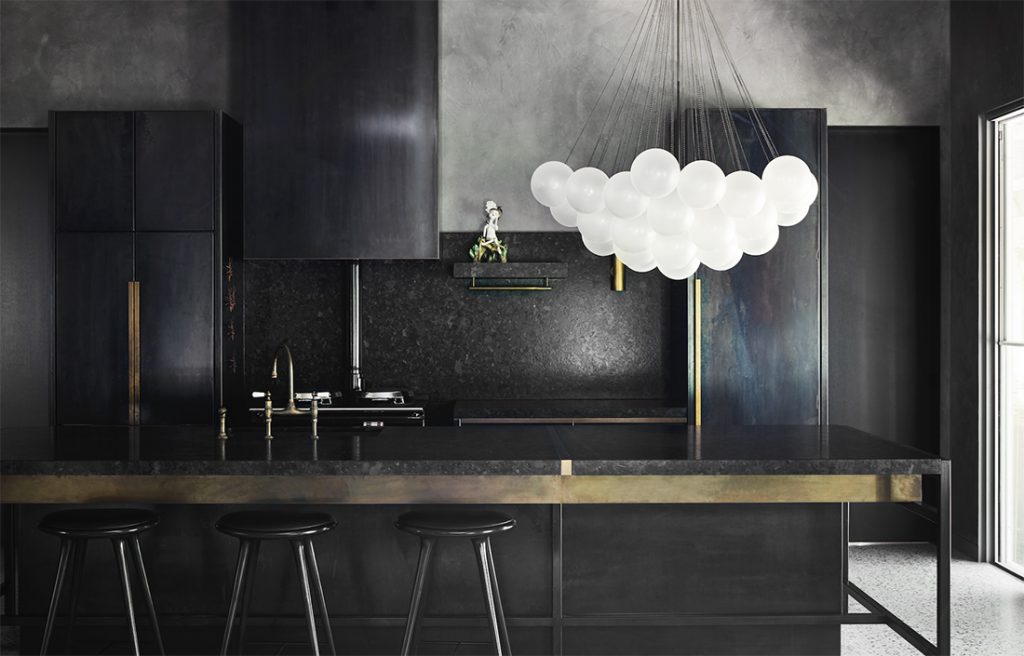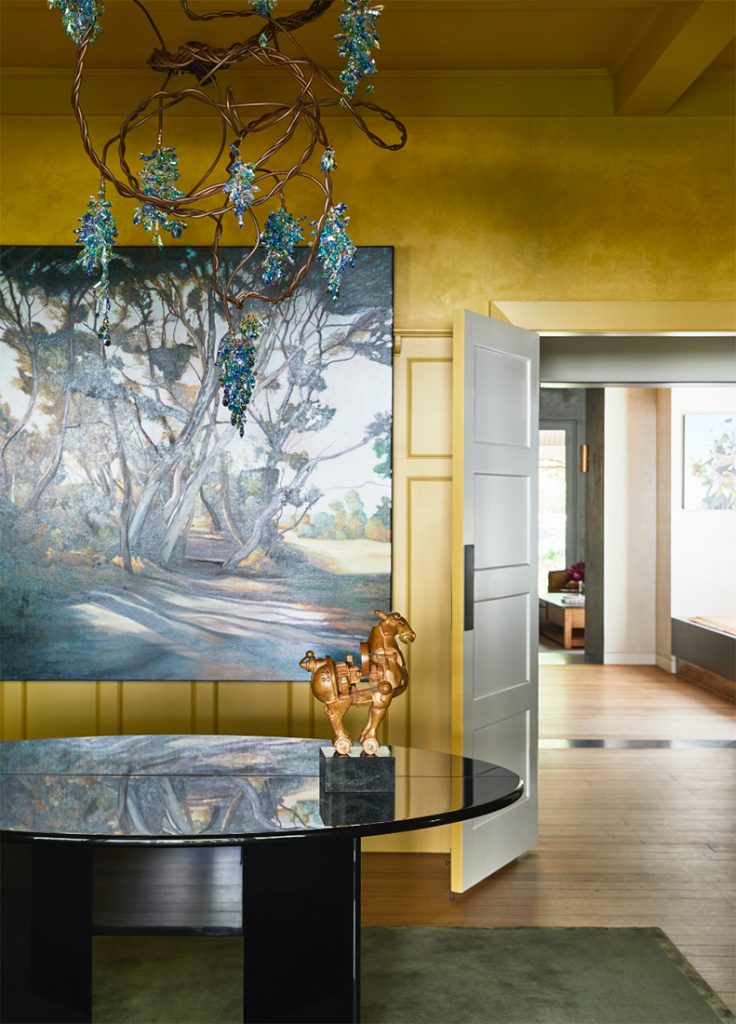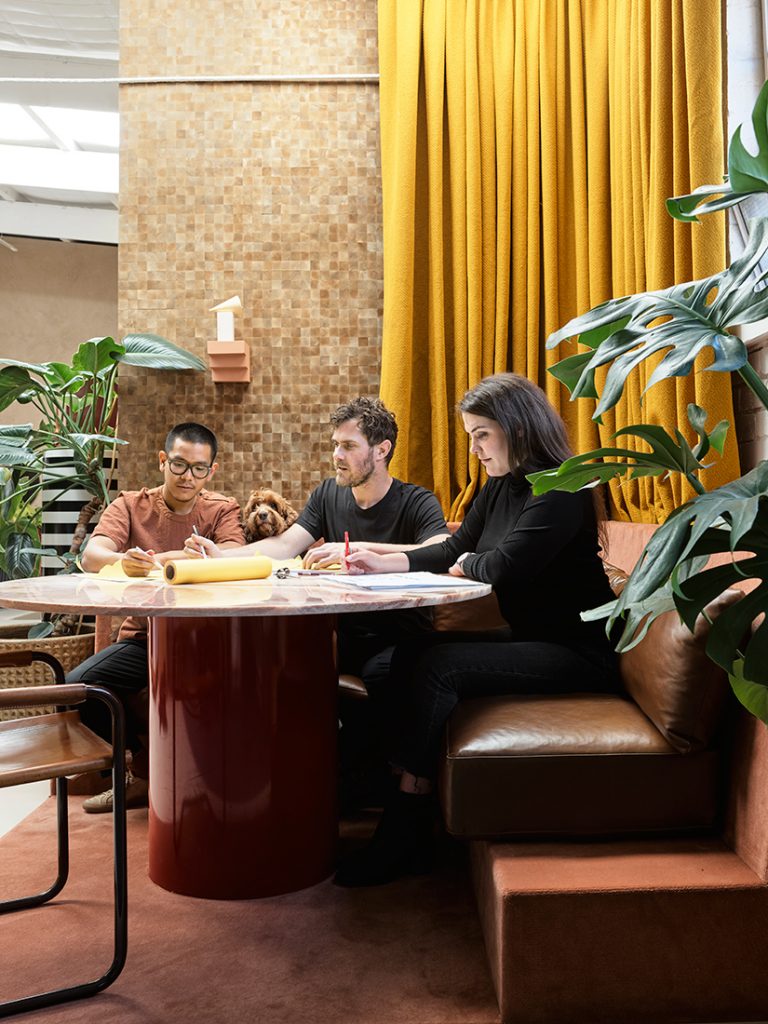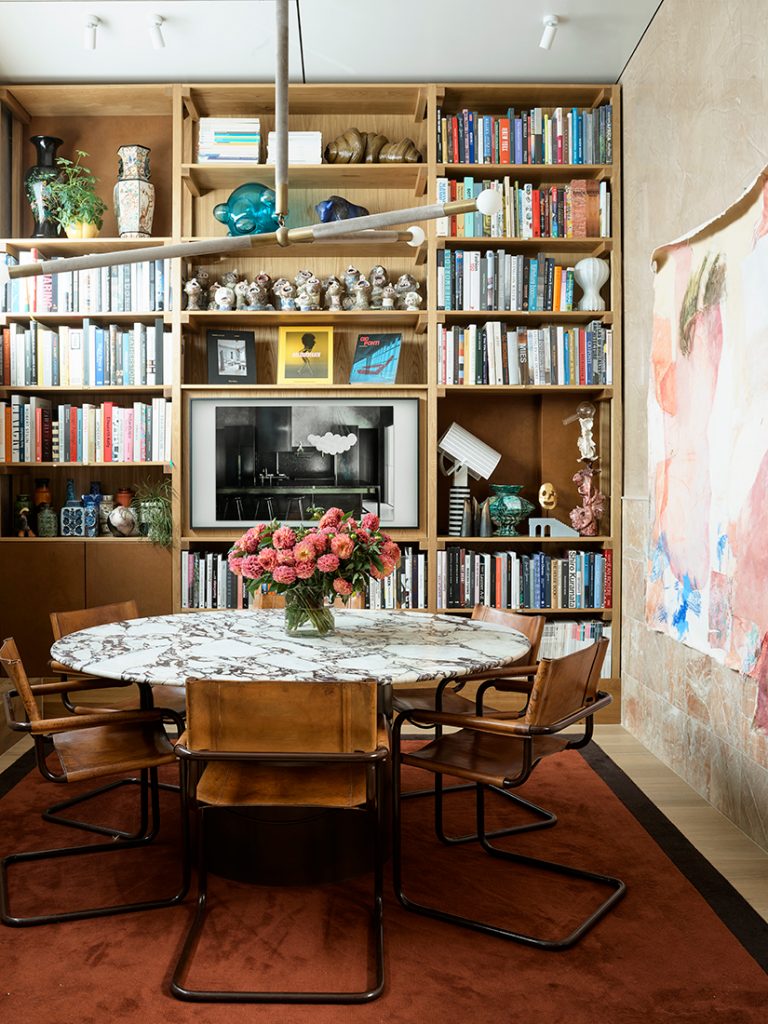
-
3 April 2020
Melbourne’s Flack Studio seeks out conversations – through the interior as art that converses with its audience; through the home as a vehicle that fosters relationships and values; and through direct engagement with the community.
.
The INDE.Awards celebrates the best in projects and practices across the region and our four Prodigies of 2020 are all truly outstanding. Each has an inspiring story to tell – who they are, how they came to design, why they chose their profession, and what working in the architecture and design community means to them.
Each story is unique as written by the architects and designers in their own words. It is a pleasure to share their journeys with you.
Here, founder of Flack Studio, David Flack, tells us the story of he and Director Mark Robinson have been growing a studio that prioritises accessibility and community – with a view to the long-term potentials of conversation and relationships through design.
.
Establishing Flack Studio
I’ve always wanted to have my own studio, however I originally thought it would take ten years before it became a reality. I set up Flack Studio after four years in the industry. Prior to setting up my studio, I had only worked with Kerry Phelan at KPDO. I sought her out because I believe she’s Australia’s best designer. My plan was to move to London and approach Ilsa Crawford. During the six weeks prior to my departure, I received two phone calls – one call became the Bendigo Residence and the second the Hawthorn Residence. It was during this period, with support from my peers, that Flack Studio was born.

The Elmore Residence (2018). Photo by Sharyn Cairns
Both clients respected that I didn’t have a studio and gave me six months while I set up Flack Studio, prior to commencement. It was always important to get it right. I don’t believe in falling on your feet. My parents, both working class, installed a strong work ethic. I have seen small practices rise and fall. I studied business management prior to interior architecture, so I understood the importance of process and business practices in supporting the highest design outcomes.

The Elmore Residence (2018). Photo by Sharyn Cairns
At the point of setting up my studio I was lucky to meet my partner Mark Robinson. His background was in film direction. Our conversations have always been around our point of view and our voice as a studio, while being conscious of being part of greater change by understating design has a voice and can be political. Our studio’s first year was within the world of Brexit, Trump and Australia’s anti asylum and indigenous policies.
I grew up in country Victoria as an overweight queer kid. I had few friends and my safety was in a cubby house my dad built for me. This space was my world and taught me the importance of environments. Mark grew up in public housing and he and his mother survived living in homeless shelters. We very much connected through the importance of home. His films were based on this idea and he taught me my work was heavily rooted in the same sensibility. By remembering that kid in his cubby, my designs had power.

The Elmore Residence (2018). Photo by Sharyn Cairns
The Studio
My method of working has always been enthusiastic, energetic, collaborative and [driven by] kindness. I’m inspired by people, ideas and the sharing of knowledge – this has been the backbone and focus of my studio. I work with a small team of builders and I’m very loyal to our joiners, trades and suppliers. We grow together and every project bears the hallmark of these relationships.
Fostering design as art – a place where play, experimentation and ultimately life changing experiences would come from the design – has always been paramount. Design has the ability to transcend all. I have always engaged in the greater community, fostering design within the Melbourne / Australian community while bringing more people into the design world. As a kid it didn’t feel that design was accessible – it should and needs to be, particularly in these times.

Flack Studio, Fitzroy. Photo by Anson Smart
In setting up Flack Studio I wanted to express myself, while engaging with the local and international community by seeing interiors as art and having a conversation with an audience. I set out to challenge the status quo and change the Australian interior design community. I wanted engagement, community and voice to be the leading factors of our community.

Flack Studio, Fitzroy. Photo by Anson Smart
I’m very proud of what we’ve achieved within the Australian design community in bringing everyone together. This has been the single highlight of my career, not my projects. This approach, to me, is extremely intuitive and prior to setting up my own studio I didn’t completely enjoy working within the design industry as it felt too commercially focused. This approach allows humans and design to be paramount and respected.

Pettigrew Boyd House (2019). Photo by Derek Swalwell
Neither Mark nor I come from backgrounds or communities that felt understood or accepted by the design and art worlds. We believe design should be accessible to everyone and that is Flack Studio to the core.
We create spaces with our unique points of view. Our homes are involved, detailed, inventive, bold, ethereal, unique, liveable, intelligent, unpretentious, strategic and approachable. Our homes come from research; we listen to the architecture and client, and respect the masters that came before. We then bring all our communities together to better the broader community.

Pettigrew Boyd House (2019). Photo by Derek Swalwell
Working with the Community
Our studio opens its doors once a month to every architecture, interior and design studio. We also invite furniture makers and artists, and make an open call to the broader community. Our ‘Plinth Drinks’ focus on one artist or furniture maker, while bringing everyone together we also learn more about art. We also engage in Open House every year – last year we had 900 people through our studio for design tours and talks over two days.
We actively participate in Melbourne Design week; this year we were involved in two exhibitions. Every three years we’re involved in Best of the Best for the National Gallery of Victoria (NGV) Women’s Association – every time we collaborate with children from the local Fitzroy housing estate, and last year 200 kids were involved in the creation of our table, plates, glasses and cutlery (now they’ve all exhibited in the NGV).

‘Art of Dining’ table (2019), designed with the kids from Cubbies. Photo by Sean Fennessy
Every year we collaborate with an artist to create a political message on our studio windows. Currently we have work created by contemporary Indigenous artist Reko Rennie, making a statement on Indigenous recognition. We also support ‘Cubbies’, a local play centre for children living in the local Fitzroy housing estate. This play centre hosts roughly 300 kids a day, mostly from the Sudanese community. We raise between $30,000 and $50,000 a year to assist them to stay open, as the government cut their funding in 2015. We have been supporting them since 2016 – this includes our design team regularly volunteering within the centre.

The Rigg Prize (2018). Photo by Sean Fennessy
In 2018 we were invited to take part in the NGV Rigg Prize, we took this opportunity to share with 16 artists and 250 individuals, and to create a space that was the antithesis of the fear being generated from Brexit, Trump and Australian politicians around immigration. We also take our team on international architectural tours. In 2018 we went to Tokyo, in 2020 we’re off to Mexico and in 2022 we will tour Indonesia.
Books are at the heart of our design process. We have over 600 design books, and this year we started to open our library up every second Sunday for four hours to anyone walking past.

Flack Studio, Fitzroy. Photo by Anson Smart
The Future
We have a mantra in our studio: ‘Never Stop Designing’. It’s a constant education to our design team, clients, suppliers, artists, builders and collaborators – our homes are a canvas that continues to layer. This approach means we take every opportunity and ensure the conversation never ends. We never complete a job as our homes are constant conversations. This way of thinking really changes the way people look at construction, as we’re building communities not homes – the home is just the vehicle to foster relationships and values.

Sandy Bay Residence (2018). Photo by Sharyn Cairns
We invest in community as it brings us the most pleasure. It also reminds us that design is community. We will continue to embrace the community while working with the Asia Pacific design community to ensure we work together in combatting climate change and fostering inclusion. In 2020 we’re going carbon neutral. We’re also focusing on ways to create employment opportunities for our neighbours who live in the Fitzroy housing estate that may have a passion for design.
Practice and designed outcomes need to continue the advancement of sustainability, inclusion and community engagement. Progressiveness in this context means getting things done. We’re five years old and know we’ve made an impact by fostering community. It’s simply – bring everyone to the table.

Sandy Bay Residence (2018). Photo by Sharyn Cairns
As our studio matures, our focus on art and allowing our homes to be a cohesive and organic canvas gets stronger with every project. Groomed and nurtured from the long design process to the end. We’re concentrate on the end-to-end relationship with space – how our clients inhabit a space and the personal narratives of a home.
In times such as now and the feeling of isolation and disconnection, home and its meaning becomes vital to how we re-engage and come together to ensure home and community become one. The nest needs to be open to the world around it.

Caulfield North (2019). Photo by Anson Smart
The Indo-Pacific region is valuable due to our diversity. When you bring diversity and community together, you have a magic potion for change. We need change. Our systems aren’t working. Design can change that. Stand up and have a voice. We will continue to bring everyone to the table. After all, Mark and I are still those two young boys wanting to create a nest where everyone feels welcome. You’ll visit our studio and that would be very clear.
In the current environment we find ourselves in with Covid19 – the architectural and Interior design industry needs to work together to provide comfort and inclusion from a world asking for answers.

Caulfield North (2019). Photo by Anson Smart
.
Thanks to category partner Luxxbox.
Congratulations to all our Prodigies of 2020. Stay tuned to find out who will be crowned ‘Prodigy of the Year’ by our Jury. INDE.Awards 2020 winners will be announced on
14 August!
.
Top image: (L-R) David Flack and Mark Robinson. Photo by Maegan Brown.
